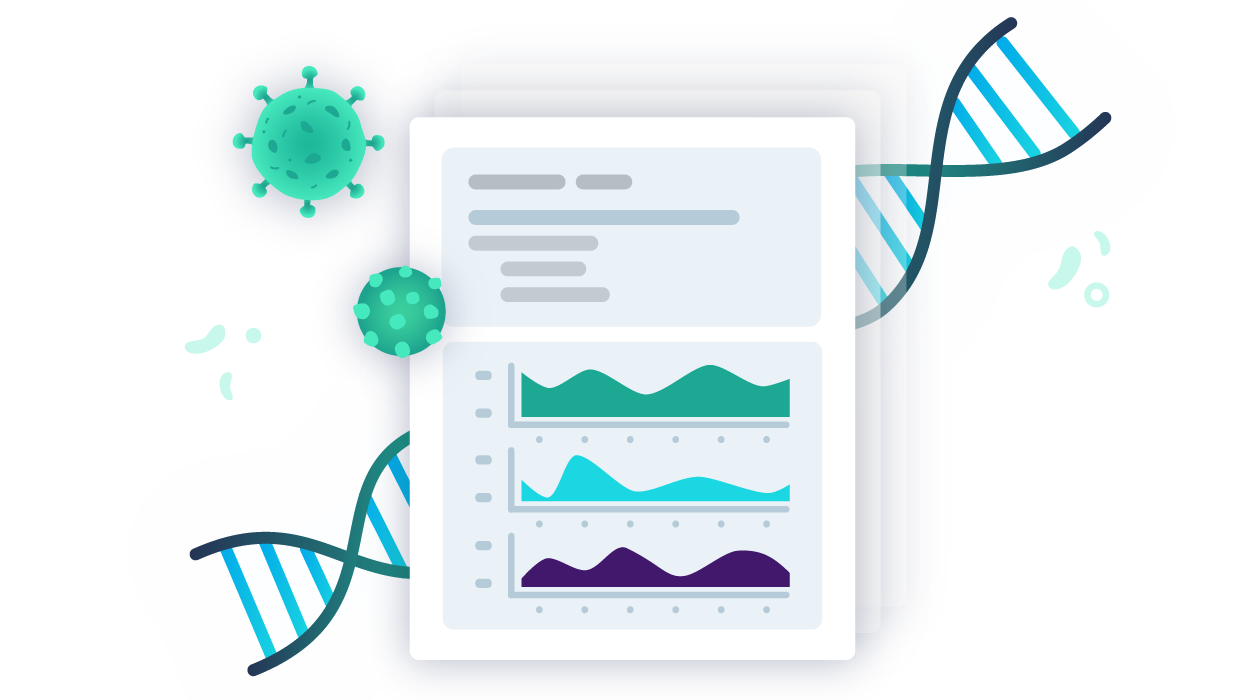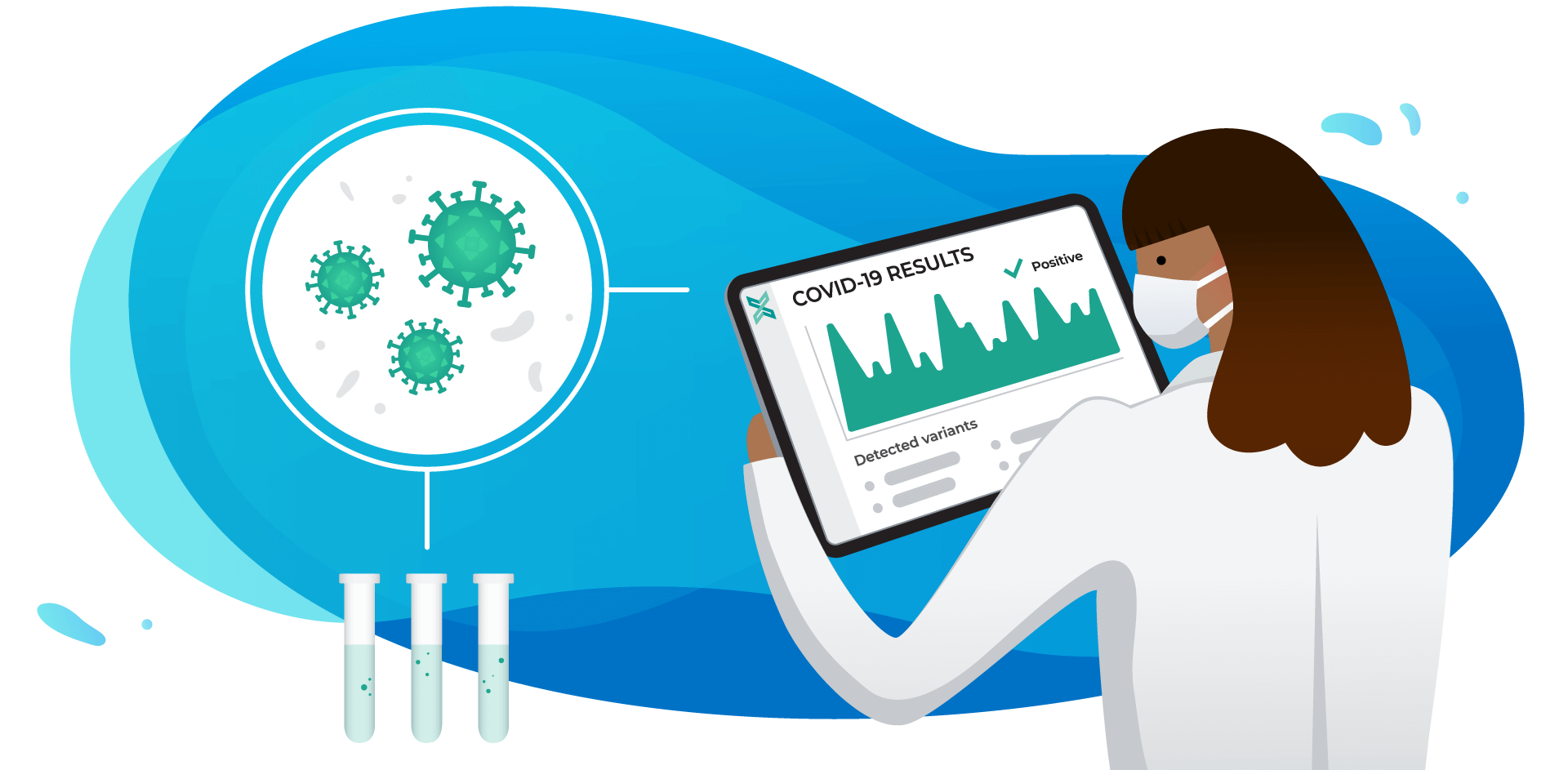
Detecting Respiratory Viruses with Twist and One Codex
Viral metagenomics has become an increasingly important area of study for microbiologists, and it feels especially relevant for 2020 so far. Isolating and sequencing viral DNA or RNA has typically been a tricky and often time-consuming process. We recently partnered with Twist Bioscience to tackle this problem, with the release of the Twist Respiratory Virus Research Panel and One Codex analysis.

